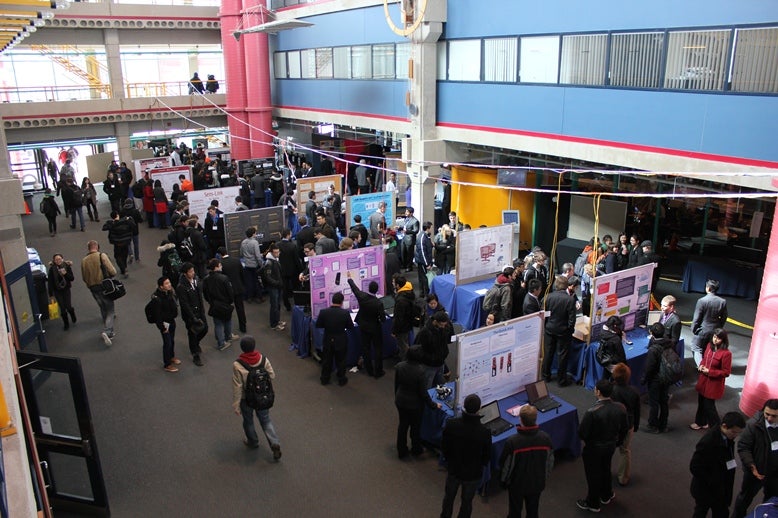Excerpt of Work Ethic from ASEE Prism's October 2013 issue.
Industry experiences help lift a Canadian engineering school to star status
No one would use the term venerable to describe the University of Waterloo. Set on a former cornfield some 70 miles west of Toronto, the campus’s oldest building dates only to 1958 — a year after the first 74 students began classes in two makeshift structures erected on the parking lot of Waterloo College down the road.
Yet that fertile turf gave rise to what today is Canada’s largest — and many would claim most progressive — engineering school, with 8,300 students, 245 faculty members, and a global reputation for excellence. The newsweekly Maclean’s has deemed Waterloo the most innovative university in Canada for 21 years in a row. The latest Academic Ranking of World Universities ranked it 43rd for engineering. Waterloo also is one of the world’s top three recruiting universities for Google, which has an office in the campus’s 120-acre David Johnson Research and Technology Park, as do companies like Cisco and SAP. Indeed, over the years the school has given birth to an impressive array of technological breakthroughs and high-tech entrepreneurs. BlackBerry, formerly known as Research in Motion (RIM), for example, grew out of work that co-founder Mike Lazaridis began as an electrical engineering undergraduate.
Behind Waterloo’s rise to preeminence lies a singular historical focus on technological innovation, research, and industry partnerships.

Top global talent

Not surprisingly, Waterloo attracts some of the brightest students from Canada and beyond. Of the 1,500 freshmen who entered its 12 engineering programs in 2012, two-thirds had high-school averages of 90 percent or more. Beyond robust transcripts, all had to complete a six-page application that probed such areas as their most memorable books and what discussions they’ve had with engineers and Waterloo graduates.
We don’t just want students who are academically strong but also people who are well-rounded and have a sense of the world,” explains Pearl Sullivan, dean of engineering.
Read the full article written by Pierre Home-Douglas